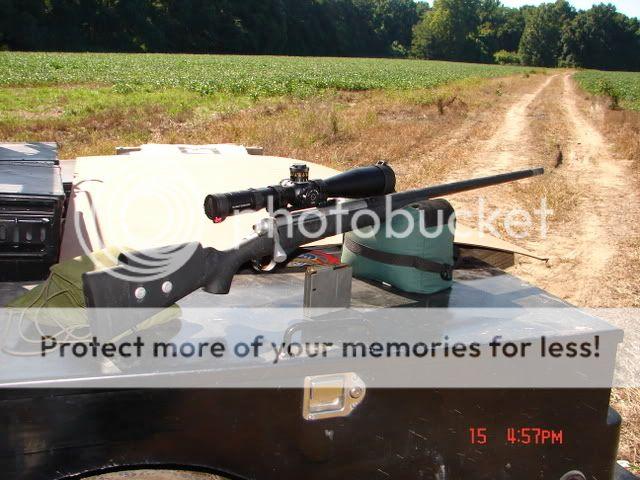How do I convert my "come ups" to inches of drop at a given range?
I've been doing this the "Redneck" way by going out to the range and shooting for zero at each distance. I have not progressed to software yet and at the distances I typically hunt (to 500 yards) this methods works.
So if I have a 100 yard POA/POI zero and have to dial 3 inches (12ea 1/4" clicks) to zero my rifle at 300 yards, how to I convert that to inches of drop at that distance? Is it as simple as 3" of drop or is the drop a different variable than the come up?
I know this is a total noob question so thanks for any input.
Thanks,
Chad
I've been doing this the "Redneck" way by going out to the range and shooting for zero at each distance. I have not progressed to software yet and at the distances I typically hunt (to 500 yards) this methods works.
So if I have a 100 yard POA/POI zero and have to dial 3 inches (12ea 1/4" clicks) to zero my rifle at 300 yards, how to I convert that to inches of drop at that distance? Is it as simple as 3" of drop or is the drop a different variable than the come up?
I know this is a total noob question so thanks for any input.
Thanks,
Chad

